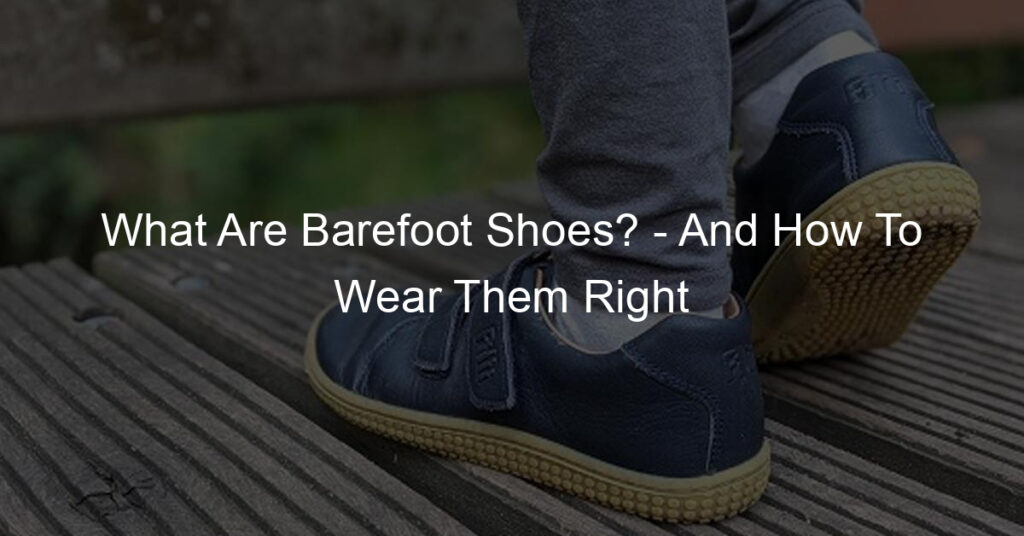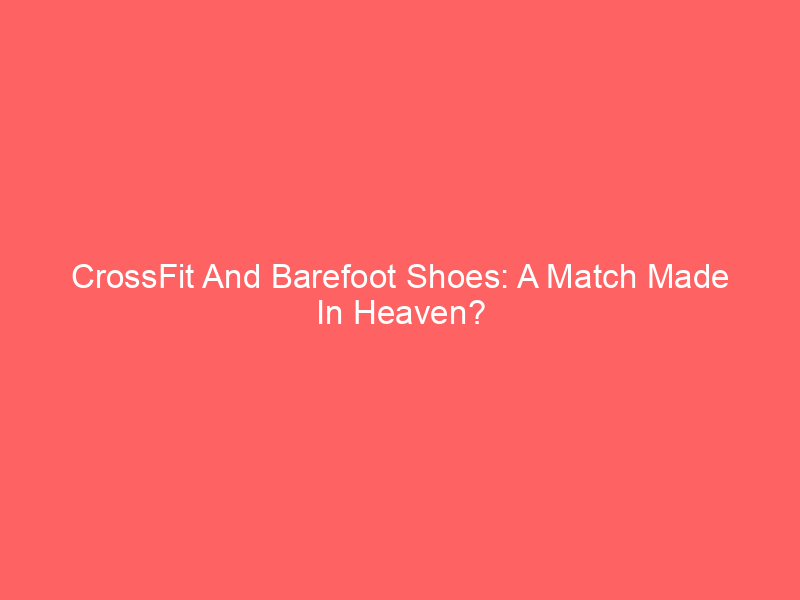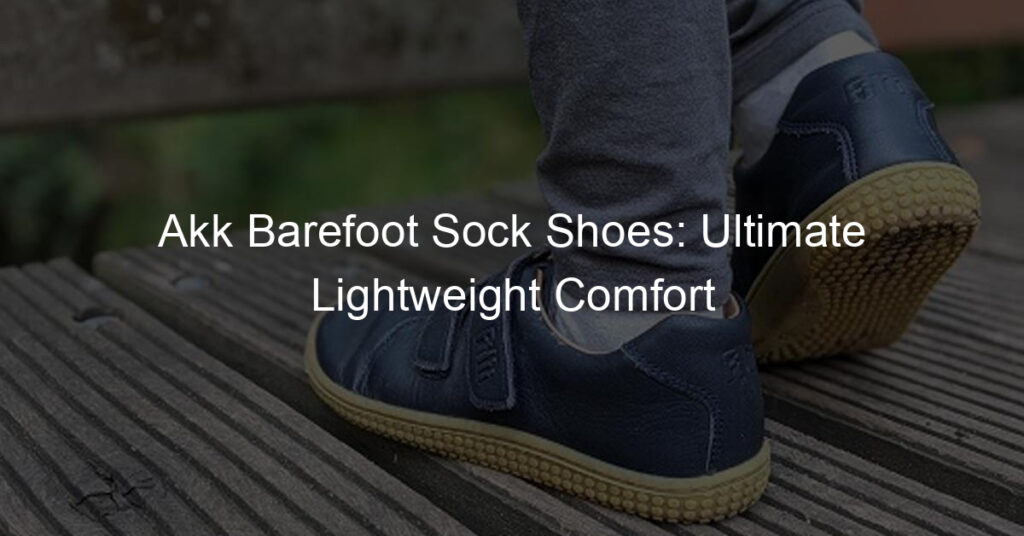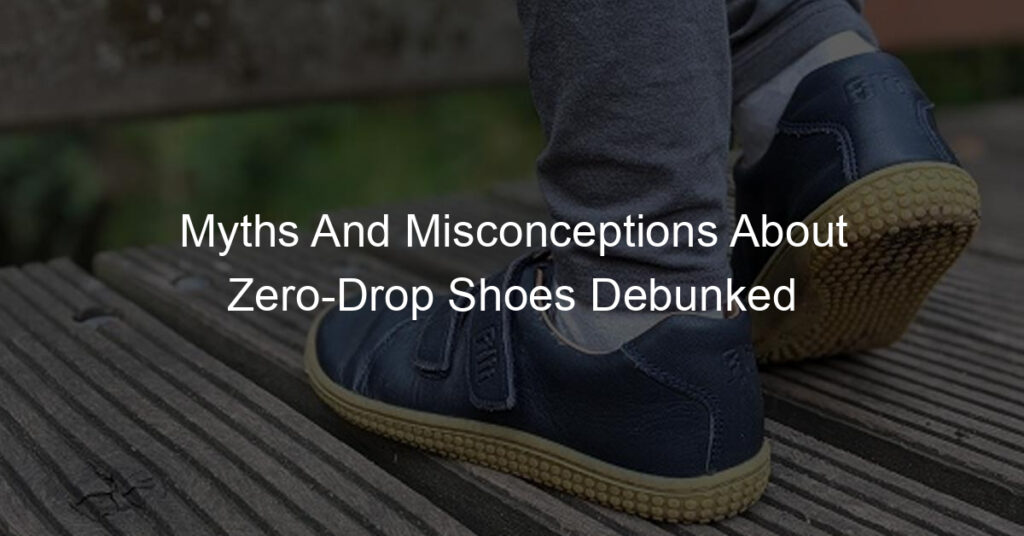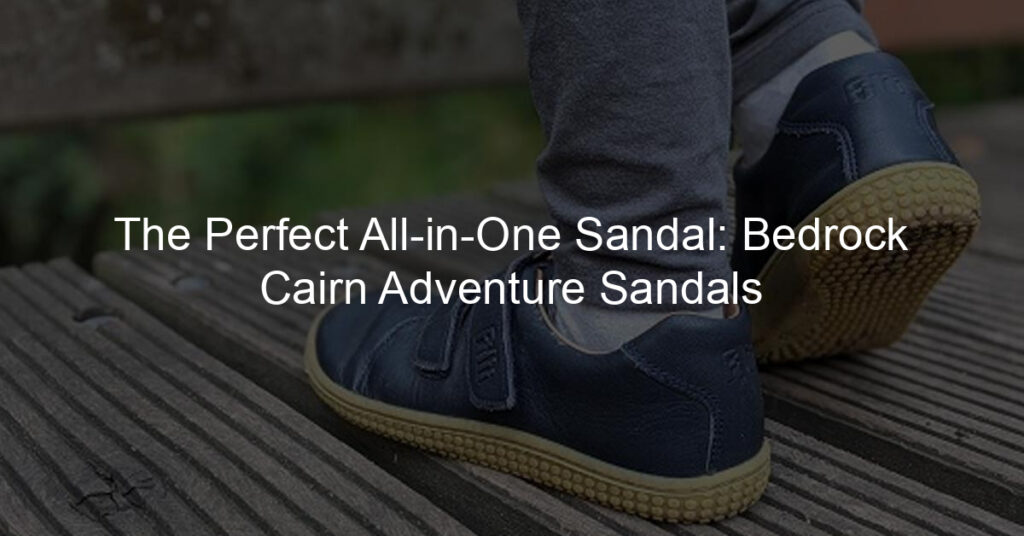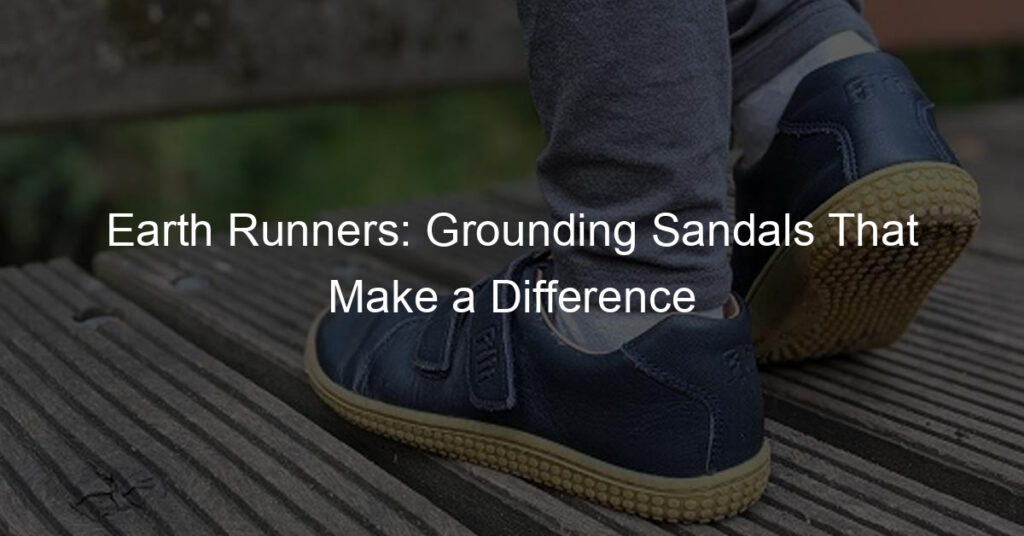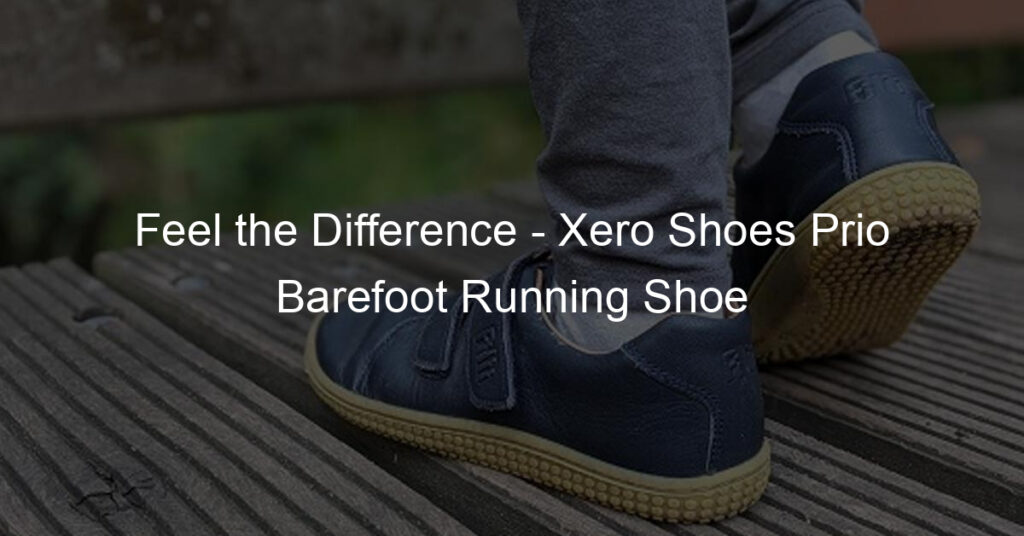Barefoot shoes are a type of footwear that mimics the sensation of being barefoot. They have become popular in recent years as more people are looking for ways to improve their foot health and reduce the risk of injury.
Barefoot shoes, sometimes called – minimalist shoes, typically have a wide toe box, which allows the toes to spread out and grip the ground. They also have a very little heel-to-toe drop, which helps to keep the body in alignment. Many people (kids included) who wear barefoot shoes find they have better balance and stability, and less pain in their feet, knees, and hips.
Nowadays, You can find many different types of barefoot shoes on the market (check out our top list), from minimalist running shoes to casual slip-on. If you’re interested in trying out this type of footwear, it’s important to choose a shoe that fits your foot type and activity level. You may also want to start slowly, as wearing barefoot shoes takes some time to get used to.
compared to traditional running shoes, which often have a heel-to-toe drop of 12 millimeters or more, barefoot shoes have little to no drop. This helps to keep your body in alignment and reduces stress on your joints.
Wearing barefoot shoes can also help you improve your balance and proprioception, which is your ability to feel where your body is in space. This can help you avoid injuries, as you’re more likely to land correctly when running or jumping.
What is the purpose of barefoot shoes?
The purpose of barefoot shoes is to provide the sensation of being barefoot while still offering protection and support to the feet. Many people believe that wearing barefoot shoes can help to improve foot health and reduce the risk of injury.
In terms of foot health, barefoot shoes can help to strengthen the muscles and tendons in the feet. This is because they allow the foot to move more freely, which forces the muscles to work harder to keep the foot stable.
Additionally, the wide toe box of most barefoot shoes helps to promote better alignment of the bones in the feet, which can lead to reduced pain and injury.
As far as reducing injury risk goes, there are a few different ways that barefoot shoes can help. First, the lack of heel-to-toe drop encourages a more natural gait, which puts less strain on the joints.
Second, the increased stability and balance that comes from wearing barefoot shoes can help to prevent falls and other injuries.
Finally, the increased muscle activity in the feet can help to improve proprioception, which is the body’s ability to sense where it is in space. This can help to prevent sprains and other injuries that occur when the foot lands awkwardly.
So, if you’re interested in trying out barefoot shoes, there are a few things to keep in mind. First, choose a shoe that will fit your foot type and activity level. Second, start slowly and give yourself time to get used to the feeling of wearing barefoot shoes. And finally, remember that barefoot shoes can provide many benefits for foot health and injury prevention.
Of course, you should always consult with a doctor or other medical professional before making any changes to your footwear. But if you’re looking for a way to improve foot health and reduce injury risk, barefoot shoes are worth considering.
How do barefoot shoes work?
Barefoot shoes are designed to mimic the sensation of being barefoot, while still providing some protection and support for your feet. Most barefoot shoes have a very thin sole that allows your foot to flex and move naturally, as well as offering some level of protection from sharp objects or rough surfaces.
Barefoot shoe basics:
Many people find that wearing barefoot shoes helps improve their balance and posture, and can even help prevent injuries. A growing body of research is showing that barefoot running can be beneficial for your health, and may even reduce your risk of developing injuries.
While the concept of barefoot shoes is relatively new, their idea is not. For centuries, many cultures around the world have gone barefoot, or simply wore simple sandals or other minimal footwear. In recent years, there has been a growing interest in the benefits of barefoot living, and this has led to the development of barefoot shoes.
If you’re interested in trying out barefoot shoes, it’s important to choose a pair that fits well (Your foot and your wallet) and provides enough support for your feet. It’s also important to start slowly and gradually increase the amount of time you
Who should wear barefoot shoes?
Anyone can wear barefoot shoes, but they may be particularly beneficial for people who have problems with their feet, such as bunions or plantar fasciitis. Wearing barefoot shoes can also help improve your balance and posture.
If you’re interested in trying out barefoot shoes, it’s important to choose a pair that fits well and provides enough support for your feet (read about how tight should barefoot shoes be). It’s also important to start slowly and gradually increase the amount of time you spend wearing them, as it can take some time for your feet to adjust to the new style of footwear.
Are barefoot shoes good for everyday use?
Barefoot shoes can be a great option for everyday use, but it’s important to make sure that they fit well and provide enough support for your feet.
If you’re interested in trying out barefoot shoes, it’s important to choose a pair that fits well and provides enough support for your feet. It’s also important to start slowly and gradually increase the amount of time you spend wearing them, as it can take some time for your feet to adjust to the new style of footwear.
What happens when you start wearing barefoot shoes?
When you first start wearing barefoot shoes, it’s important to take things slowly. Gradually increase the amount of time you spend wearing them so that your feet can adjust to the new style of footwear. You may also want to experiment with different types of barefoot shoes to find a pair that fits well and provides enough support for your feet.
Take into consideration, however, that it can take some time for your feet to adjust to the new style of footwear. If you’re interested in trying out barefoot shoes, it’s important to choose a pair that fits well and provides enough support for your feet. It’s also important to start slowly and gradually increase the amount of time you spend wearing them.
How long does it take to get used to barefoot shoes?
It can take some time for your feet to adjust to the new style of footwear, so it’s important to be patient and take things slowly. Gradually increase the amount of time you spend wearing barefoot shoes so that your feet can get used to them.
You may also want to experiment with different types of barefoot shoes to find a pair that fits well and provides enough support for your feet.
Do you wear socks with barefoot shoes?
You don’t necessarily need to wear socks with barefoot shoes (as long as you keep your shoes clean), but you may want to if you’re going to be wearing them for extended periods of time. If you do choose to wear socks, make sure that they’re thin and don’t add too much bulk to your feet.
You may also want to experiment with different types of socks to see what works best for you. Some people find that they prefer to wear socks with barefoot shoes, while others find that they don’t need to.
In conclusion, barefoot shoes can be a great option for people who want to improve their balance and posture or prevent injuries. But it’s important to choose a pair that fits well and start slowly to give your feet time to adjust. It is very important to consult with a professional if you have any foot injuries or problems.

